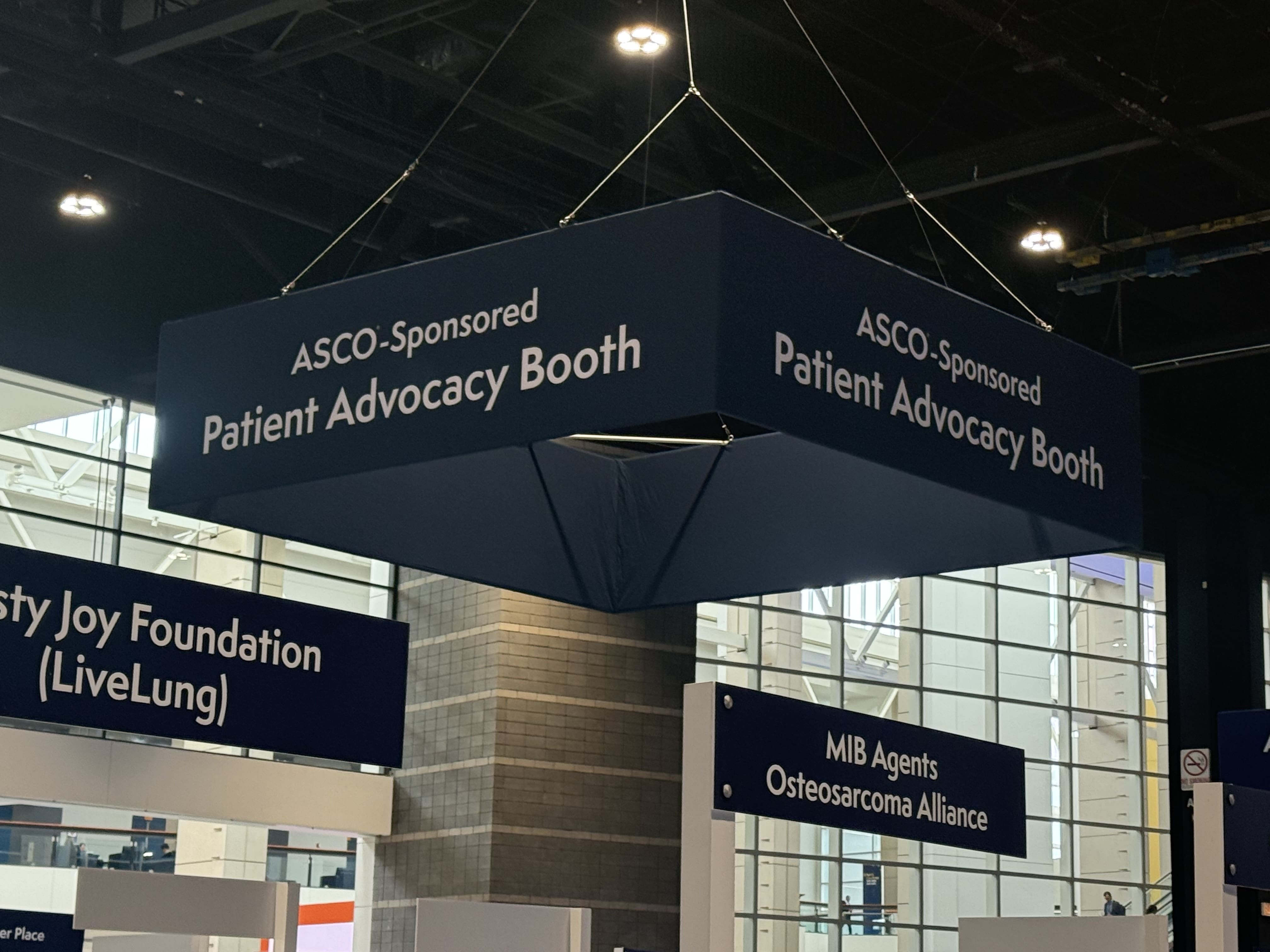Biotech Needs to Take a Page from Advocacy’s Playbook: A View from ASCO

Another ASCO is in the books. While much of the headline news served as a prelude to bigger data readouts coming later this year—like Novartis’ first look at Pluvicto®—there were encouraging signs for Enhertu® and J&J’s trispecific antibody for multiple myeloma. Yet some of the most consequential news happened off-stage.
Big-ticket deals sparked real buzz: Sanofi announced plans to acquire Blueprint Medicines for $9.5 billion, BMS signed an up-to-$11 billion deal with BioNTech for a bispecific PD-L1xVEGF asset, and Merck made a $3 billion bid for MoonLake. The U.S.-EU M&A corridor showed some spark, and people took notice.
Tucked in the shadow of the Exhibitor Hall, however, was something just as compelling: the Advocacy Pavilion. Here, a dozen or so patient advocacy groups, gathered around long U-shaped tables, were quietly but passionately drawing in clinicians and industry leaders to share their missions.
These groups understand the power—and risks—of engaging with biopharma. Industry support often flows through automated grant portals, which can strip away the personal connection and chemistry that lead to meaningful, mutual benefit. As one breast cancer advocate put it: “You have to watch out for the pink-washing effect.”
I spoke with several of these organizations about the current funding landscape. What I heard was striking: cautious optimism and clear momentum. Many are tweaking language to better fit the moment, but few are pulling back. Their focus remains razor-sharp—and so is their fundraising. Why? Because their target audience hasn’t changed: high-net-worth individuals, family foundations, and venture philanthropists.
With government funding increasingly scarce, these funders are helping fill the gap. And their motivations vary. Some give because of personal connections to disease. Others, like venture philanthropists, are strategically investing in early-stage drug development with the hope of both impact and returns. The Cystic Fibrosis Foundation, the Multiple Myeloma Research Foundation, and the Multiple Sclerosis Foundation are just a few examples of groups successfully using this model—funding early research with an eye toward approval, revenue, and mission-aligned reinvestment. Win-win.
This is a strategy early-stage biotech companies would do well to emulate. At the Jeffries Conference in New York, analysts noted biotech funding is down in May 57% year-over-year. It’s time to get creative. Startups need to identify and engage the individuals and family offices who already have a vested interest in what they’re building. This is how they can bridge the funding gap while continuing to build—and fly—their planes.
As one Life Sciences executive told me on the ASCO floor: “We need to go find a few billionaires to stay alive.”
Have thoughts or reflections to share? I’d love to hear from you. Email me at tclevenger@waterhousebrands.com.
